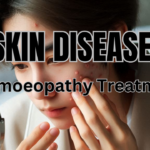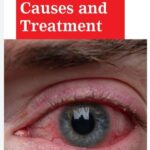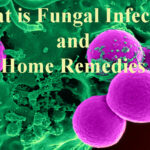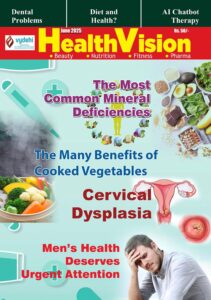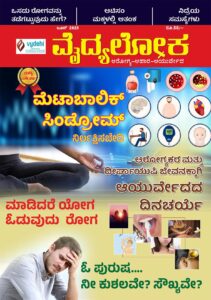What is Urticaria? Is it Curable? It is also known as Hives or nettle rash, where a patient experiences recurring itchy skin rash, which appears as red bumps on different parts of the body, often with itching.
This is a disease with unpredictable occurrence can interfere with patient’s daily activities, sleep, and work or school performance. The patient will be frustrated mainly due to 1).Its sudden unpredictable occurrence 2). Being unable to find what causes it and 3).The side effects (drowsiness, sleepiness, stomach upset etc.,) of routinely prescribed anti-allergic medicines.
Urticaria typically occurs as red, raised eruptions (bumps) with intense itching; affected part feels warm and sometimes causes burning. The eruptions vary in size and tend recur. They remain for a variable period of time ranging from few seconds to hours. In some patients it occurs as 1-2 eruptions, few patients suffer from urticaria throughout the body.
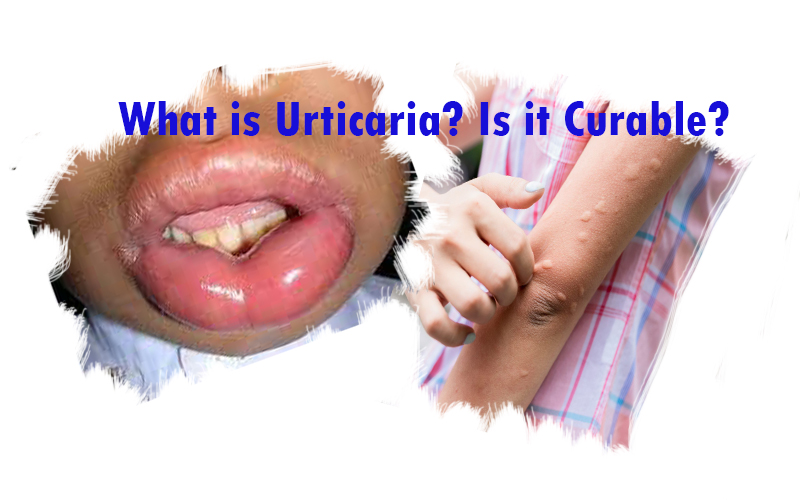

Types
1. Acute uritcaria: If hives or urticarial rashes remain for less than 6 weeks it is called acute urticaria. Usually it is triggered by some allergens such as certain food articles, medications, insect bites, cosmetics etc
2. Chronic Urticaria: It is a long term condition, if recurring hives appear for more than 6 weeks, which recur at frequent intervals is known as chronic urticaria. Chronic urticaria may affect the quality of life of patients; many of them depend on anti-histamins or steroids for a long time. Cause of chronic urticaria is not known.
3. Angioedema: This is characterized by swelling beneath the skin around areas like eyes, lips, hands, genitals etc. This condition can become a life-threatening condition in some patients, when it affects throat, wind pipe and lungs.
4. Dermographism: ‘To write on the skin’ is the literal meaning of Dermographism. In this type of urticaria, linear rashes develop on firm stroking, writing or due to minor scratches (see pic).
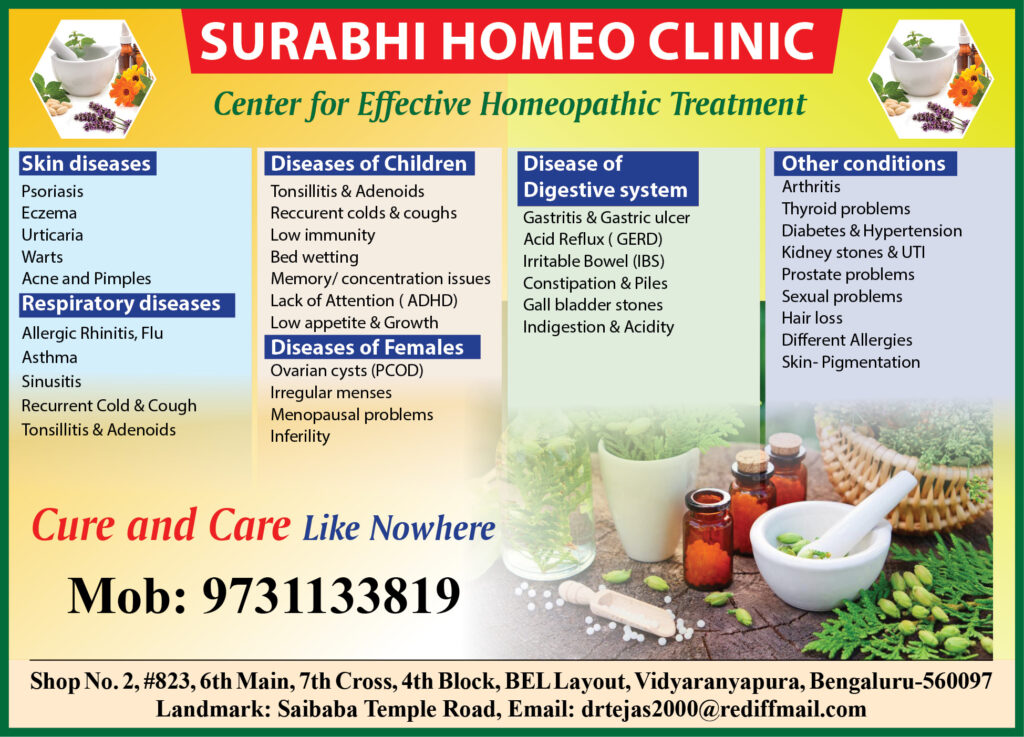

Causes
Though in certain cases no cause can be found, the following factors are associated :
1. Medications eg- antibiotics, NSAID, anti-hypertensives
2. Foods- Nuts, eggs, sea food, Milk, food additives.
3. Certain chemicals, Latex, Cosmetics etc.
4. Physical agents: Sun light, Pressure from belts, bra etc
5. High body temperature: Due to sweating, exercise, anxiety, hot shower etc
6.Certain underlying health conditions: Diabetes, Thyroid diseases, bacterial infections, autoimmune diseases etc.
Symptoms
Characteristic raised skin lesions (bumps)
1) The lesions appear in batches
2) Itchy, pink, red or skin colored rashes of varying sizes.
3) The rashes may disappear in one day, but new ones may form.
4) They may appear as bumps, blotches or thin raised lines.
Is it curable?
Though it appears on skin, the actual cause can be deep seated, superficial treatment modes, which only relieve symptoms temporarily can’t be of much help. Homoeopathy being a holistic system of medicine is capable of tackling urticaria more effectively and permanently.
How Homoeopathy can help:
1. Homoeopathy offers effective treatment in acute, chronic and recurrent urticaria. There are medicines to tackle different types of urticaria.
2. Homoeopathy treatment not only relieves the symptoms but also corrects the underlying autoimmune disturbance.
3. Though the treatment in Homoeopathy is individualistic, medicines like Ars.alb, Astacus, Apis.mel, Nat.mur, Rhus.tox etc are commonly used medicines to treat urticaria.
4. Homoeopathy treatment provides long-lasting relief rather than temporary relief.
5. The Anti-Miasmatic and Constitutional treatment, which is a unique way of Homoeopathy treatment helps to get rid of conditions like urticaria.
6. Homoeopathy is completely safe, non-toxic and non-habit forming.


Dr. Tejaswi K.P. Prof – Anuradha Homeo Medical College
Consultanat- Surabhi Homeo clinic, Vidyaranyapura, Bangalore-97
Ph: 97311 33819 Email-drtejas2000@rediffmail.com



